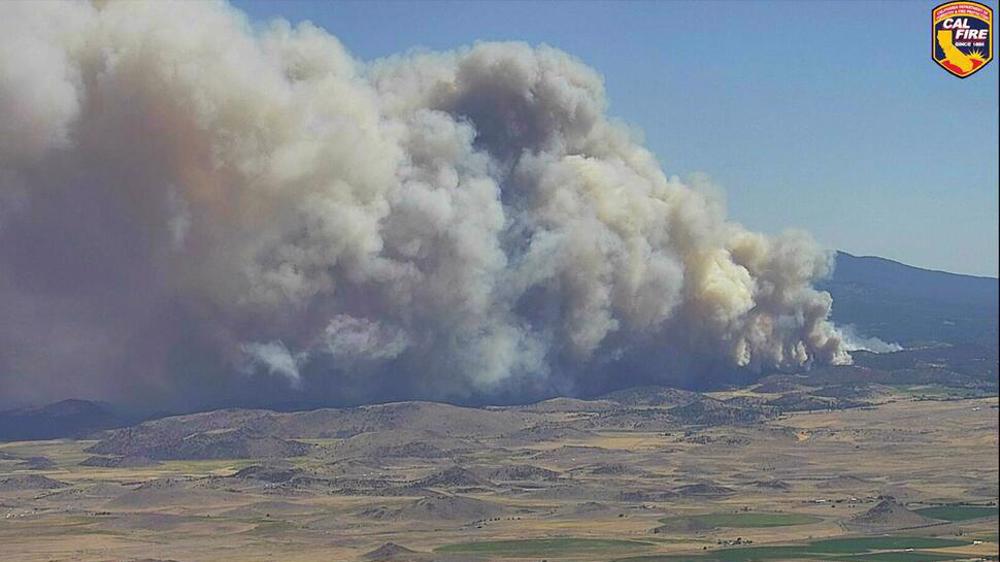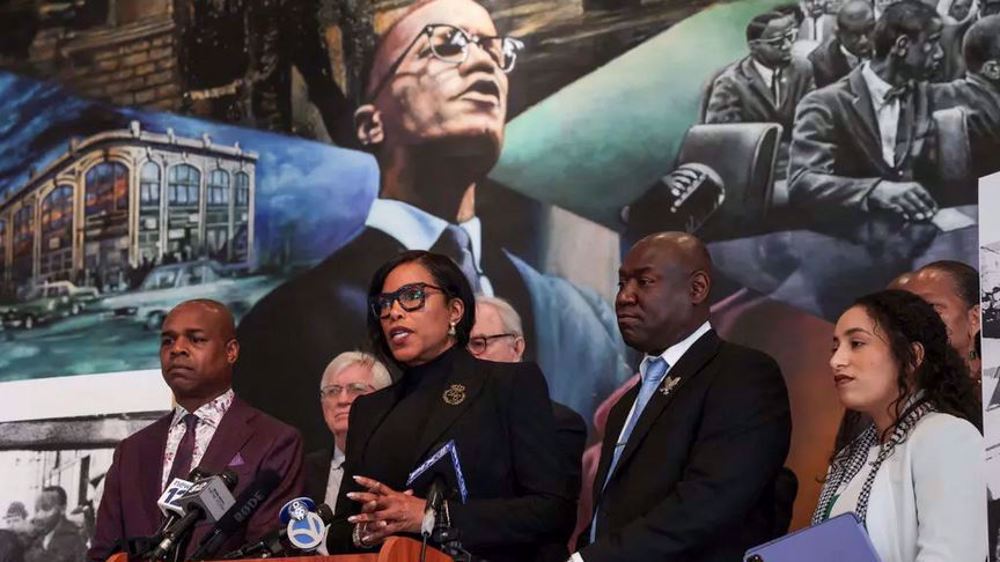Northern California wildfire burns homes, causes injuries
A fast-moving wildfire in rural Northern California injured several people Friday, destroyed multiple homes and forced thousands of residents to flee, jamming roadways at the start of a sweltering Labor Day weekend.
The blaze dubbed the Mill Fire started on or near the property of Roseburg Forest Products, a plant that manufactures wood veneers. It quickly burned through homes, pushed by 35-mph (56-kph) winds, and by evening had engulfed 4 square miles (10.3 square kilometers) of ground.
Annie Peterson said she was sitting on the porch of her home near the Roseburg facility when “all of a sudden we heard a big boom and all that smoke was just rolling over toward us.”
Very quickly her home and about a dozen others were on fire. She said members of her church helped evacuate her and her son, who is immobile. She said the scene of smoke and flames looked like “the world was coming to an end.”
Many places in the area were also without power. About 9,000 customers, many of them in Weed, were hit with electrical outages shortly before 1 p.m., according to electric power company PacifiCorp, which said they were due to the wildfire.
Suzi Brady, a Cal Fire spokeswoman, said several people were injured.
Allison Hendrickson, spokeswoman for Dignity Health North State hospitals, said two people were brought to Mercy Medical Center Mount Shasta. One was in stable condition and the other was transferred to UC Davis Medical Center, which has a burn unit.
Meanwhile, a second fire that erupted a few miles north of the Mill Fire near the community of Gazelle had burned 600 acres (243 hectares) acres and prompted some evacuations.
Gov. Gavin Newsom declared a state of emergency for Siskyou County and said a federal grant had been received “to help ensure the availability of vital resources to suppress the fire."
California is in the grip of a prolonged drought and now a brutal heat wave that is taxing the power grid as people try to stay cool. Residents have been asked for three consecutive days to conserve power during late afternoon and evening hours when energy consumption is highest.
Scientists say climate change has made the West warmer and drier over the last three decades and will continue to make weather more extreme and wildfires more frequent and destructive. In the last five years, California has experienced the largest and most destructive fires in state history.
(Source: The Associated Press)
Canada’s Yukon town council at standstill over refusing oath to King Charles
Yemen's Houthi calls for jihad to protect Palestine against Israel
VIDEO | Internal rifts within Israel
Russia launches 'ICBM' for first time against Ukraine: Kiev
Scores killed as Takfiri terrorists target Shia Muslims in Pakistan
Pezeshkian to US, Europeans: You are killing women, children
VIDEO | COP29: another climate failure?
ICC issues arrest warrants for Netanyahu, Gallant for war crimes










 This makes it easy to access the Press TV website
This makes it easy to access the Press TV website